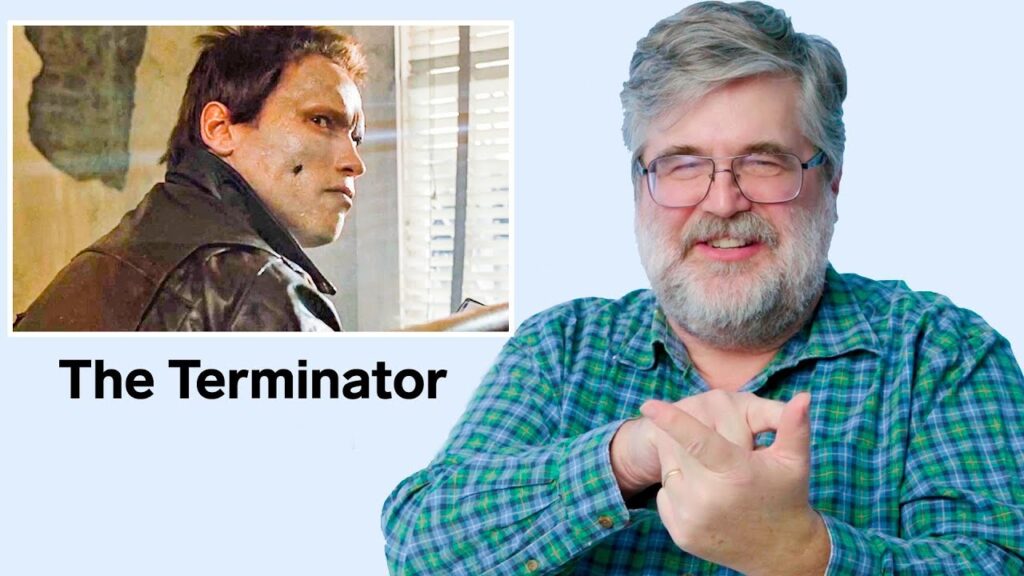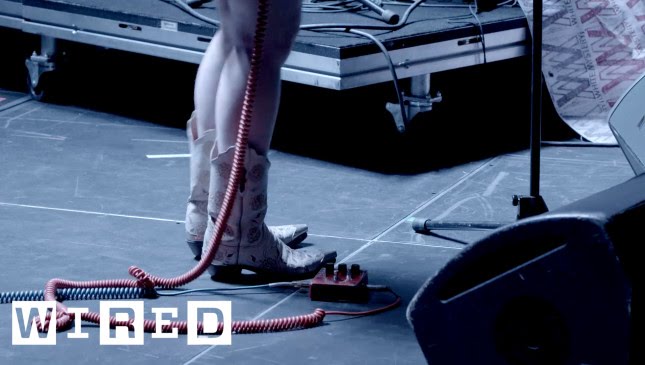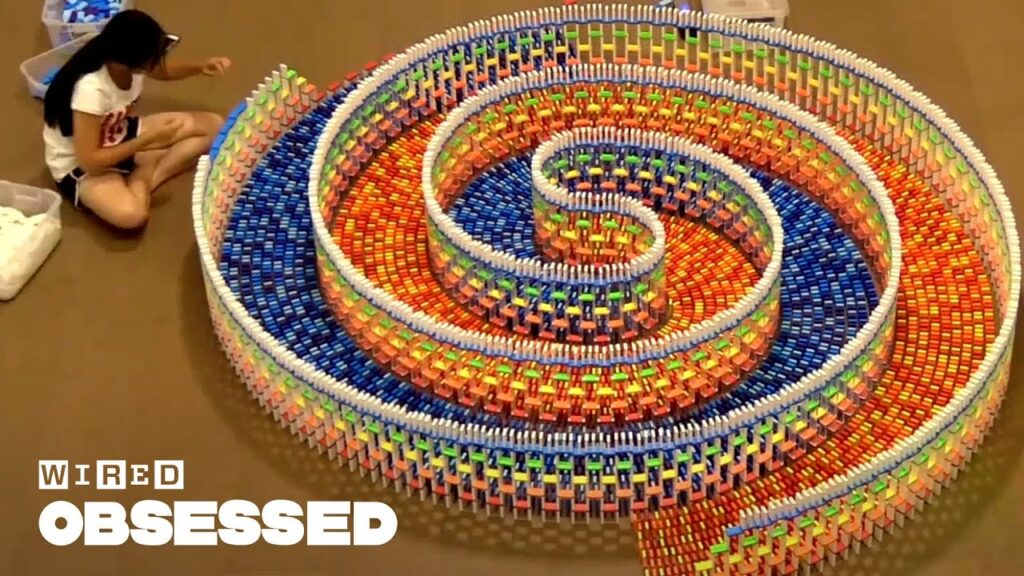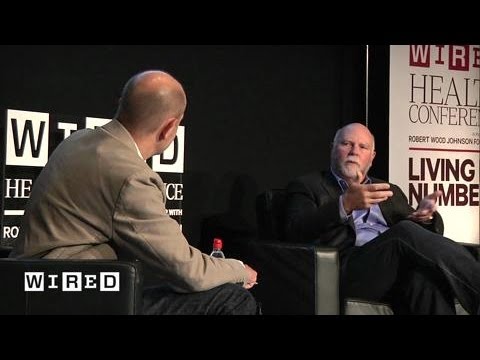The Hardest Spare in Bowling: Converting the 7-10 Split
Summary
In this article, we discuss the difficulty of converting the 7-10 split in bowling, which is considered the hardest spare in the sport. Professional bowlers have a 60% strike rate, leaving the remaining shots to be spares. While there are over 1,000 possible spare configurations, the 7-10 split is almost impossible to convert predictably or reliably. Even with all the necessary ingredients, luck still plays a significant role in converting the 7-10 split.
Table of Contents
- The Difficulty of Converting the 7-10 Split
- Factors that Affect Converting the 7-10 Split
- Earl the Robotic Arm and Data Analysis
- The Greek Church Spare
The Difficulty of Converting the 7-10 Split
Professional bowler Wes Mallot believes the 7-10 split to be the hardest spare split conversion to make in bowling. Accuracy is essential, but hitting the pin hard enough and at the right angle is also crucial. The 7-10 split is the only spare in bowling that cannot be converted with ball and pins alone, as it requires the pin to be bounced off the machinery behind it. Even with all the necessary ingredients, luck still plays a significant role in converting the 7-10 split.
Factors that Affect Converting the 7-10 Split
Converting the 7-10 split in bowling is a difficult task due to the unpredictability of the pins and the barrier behind them. The movement of the curtain behind the pins reduces the energy of the pin bouncing off it, making it harder to ricochet into the other pin. The newer model pin setters have curtains that move even more, absorbing all the energy of the pin bouncing off it. The best bet to convert the 7-10 split is to hit either pin as hard and consistently as possible and hope for the best.
Earl the Robotic Arm and Data Analysis
Earl, a robotic arm, is a reliable bowler that can put a bowling ball anywhere at up to 24 miles per hour and spin rates as high as 900 rotations per minute. However, even Earl couldn’t engineer luck and convert the 7-10 split. Data journalist Ben Blat analyzed close to half a million frames from the Professional Bowlers Association (PBA) Tour and found that the 7-10 split is converted less than 1% of the time.
The Greek Church Spare
The Greek Church is a difficult spare in bowling where a player needs to hit all the pins on one side while sending at least one of them across the lane to knock over the remaining pin. It is statistically harder to convert than the 7-10 split, which is when a player leaves the 7 and 10 pins standing. However, the 7-10 split is considered the most difficult because it is virtually impossible to hit both pins simultaneously due to the lane’s width. The Greek Church is technically easier to convert, but it requires two different shots, making it less worth attempting in a game. The rarity of both shots also depends on the player’s strategy. While the Greek Church is a rare shot, the 7-10 split remains the most difficult.
Conclusion
Converting the 7-10 split in bowling is a challenging task that requires accuracy, strength, and luck. The unpredictability of the pins and the barrier behind them make it almost impossible to convert predictably or reliably. While the Greek Church is statistically harder to convert, the 7-10 split remains the most challenging due to its virtual impossibility to hit both pins simultaneously. Professional bowlers continue to strive for the perfect game, but the 7-10 split remains the ultimate challenge in the sport.






